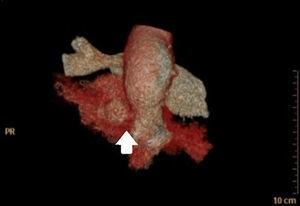Patient safety is a priority for health systems and is especially relevant for critically ill patients. Despite its relevance in recent years, many patients suffer adverse events with harm and negative repercussions for professionals and institutions.
Numerous safe practices have been promoted and strategies have been developed that have been incorporated into institutional policies and thereby improving the safety culture. But there are still underdeveloped strategies, such as incorporating the participation of patients and family members in their safety.
Until recently, the patient and family have been considered as a passive part in the reception of health services, not as an active part, much less as a possible opportunity to improve safety against errors that occur during care.
The critically ill patient and/or family members must be informed and, ideally, trained to facilitate active participation in their safety. It is not about transferring responsibility, but about facilitating and promoting their participation by reinforcing their safety. And professionals must be committed to their safety and facilitate the conditions to encourage their participation.
We provide tools and reflections to help professionals implement the participation of patients and family members in safety as they pass through intensive medicine services.
La seguridad del paciente constituye una prioridad de los sistemas sanitarios y es especialmente relevante en los pacientes críticos. A pesar de su importancia en los últimos años son muchos los pacientes que sufren eventos adversos y con repercusiones negativas para pacientes, los profesionales y las instituciones.
Se han promovido prácticas seguras, y desarrollado estrategias, que se han ido incorporando en las políticas institucionales, mejorando la cultura de seguridad. Pero todavía existen estrategias poco desarrolladas, tales como, incorporar la participación de pacientes y familiares en su seguridad.
Hasta hace poco se ha considerado al paciente y familiares como parte pasiva en la recepción de los servicios sanitarios, no como parte activa, ni mucho menos, como una posible oportunidad de mejora en la seguridad frente a los errores que suceden durante la asistencia.
El paciente crítico y/o familiares deben estar informados e, idealmente, formados para facilitar una participación activa en su seguridad. No se trata de traspasar la responsabilidad, sino de facilitar y promover su participación reforzando su seguridad.Y los profesionales deben estar comprometidos con su seguridad y facilitar las condiciones para fomentar su participación.
Aportamos herramientas y reflexiones para ayudar a profesionales a implementar la participación de pacientes y familiares en la seguridad a su paso por los servicios de medicina intensiva.
Article
Go to the members area of the website of the SEMICYUC (www.semicyuc.org )and click the link to the magazine.








